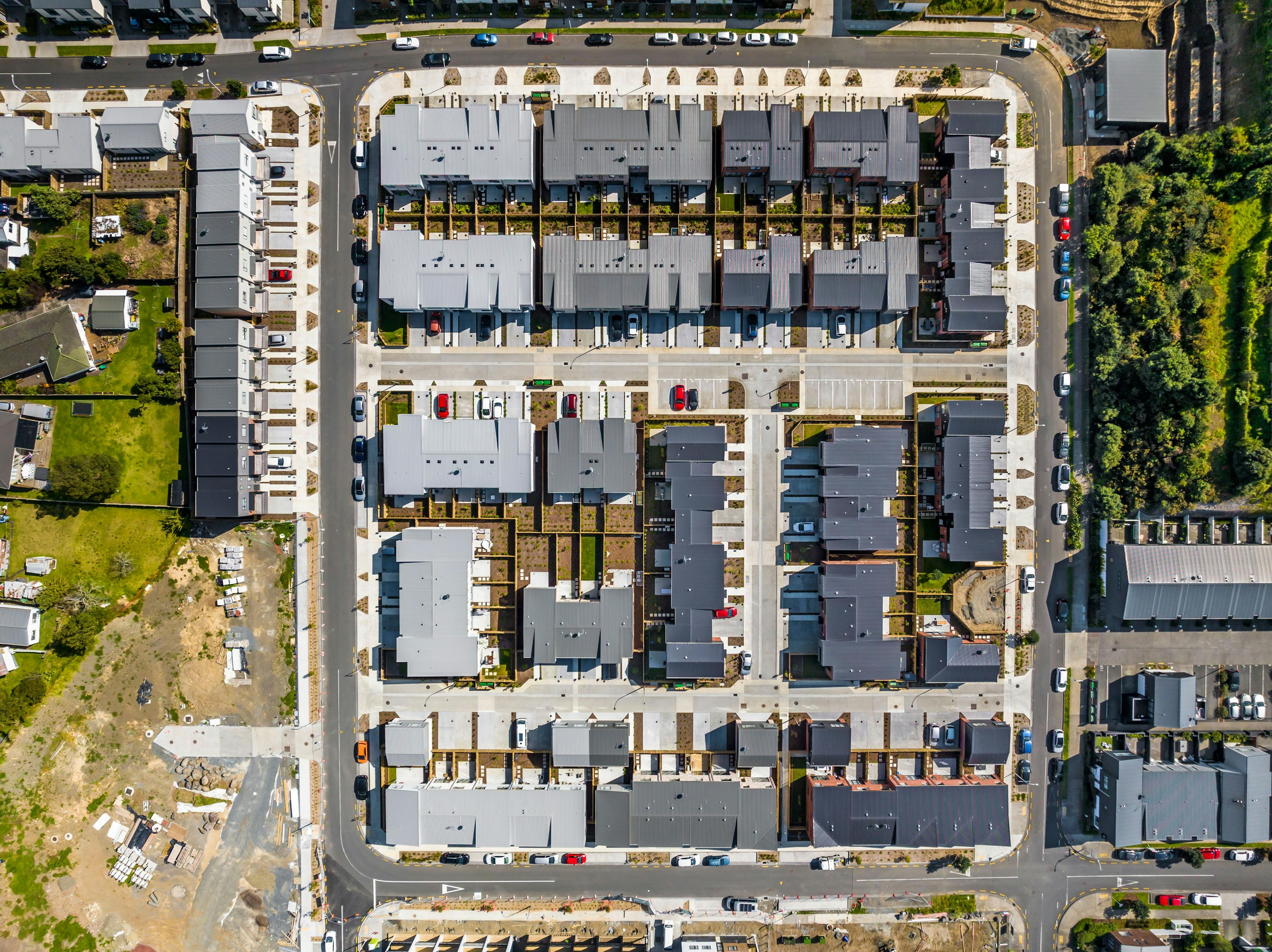Hasthemarketnowturned?

The New Zealand housing market is looking perkier, with house price declines being replaced by signs of stability and improvement.
A boom is unlikely to be around the corner. Until inflation returns to normal the Reserve Bank cannot allow a runway housing market, but some notable pivots are apparent as people respond to economic signals.
New Zealand house prices rose 0.4% month-on-month in June and Auckland house prices were up 0.8%. Stripping out seasonal effects, house prices rose 0.7% in the month of June.
The median days to sell was 47 in June 2023 (seasonally adjusted). May was 47 days, April 2023 48 days, March 2023 49 days, and 53 days in February. Those figures are still above average (39 days) but signal an improving market, albeit off lows. Days to sell is a leading indicator of price movements.
Sales rose 4.9% seasonally adjusted month-on-month which is the fourth month in a row of increase though volumes are still at below average levels. At the end of June, the total number of properties for sale across New Zealand was 24,676, down 6.1% (1,595 properties) from 26,271 year-on-year, and down 7.5% month-on-month.
Key drivers include:
- Acceptance. House prices are down around 17% from their peak, which is a bigger adjustment than we saw during the global financial crisis. Including inflation, real house prices have fallen 27%.
- A sharp turnaround in migration. Net migration in the 12 months to May was 77,809. The May monthly inflow of 4,938 showed an easing trend (previous month 7,633) but that is still large inflow.
- Easing of loan-to-value ratio restrictions.
- Rising incomes.
- Some value coming back into the market after recent falls. According to the Reserve Bank, “The Committee judged that after recent falls, house prices are now around sustainable levels.”
The flipside to migration supporting housing demand is the impact of higher interest rates which is exerting downwards pressure on housing demand. With around $170 billion of mortgages to refinance in the coming months, and the average mortgage rate on outstanding loans rising from about 3% in early 2022 to around 5% currently, but mortgage rates north of 6%, the full impact of higher interest rates is a way off.
One key factor has also been the switch from new builds to the existing stock.
With construction costs rising more than 20% in the past 18 months, and house prices falling more than 15%, there has been value in buying the existing stock as opposed to building new. Inflation has become a protection device and friend of house prices.
This switch has been most pronounced in new dwelling consents for new houses which have fallen from more than 2,000 per month (seasonally adjusted) to 1,400. Conversely, consent issuance for apartments, townhouses and flats has held up reasonably well. Both new houses and apartment/townhouse consent issuance is subject to an attrition factor though; the decision to defer getting underway, with finance one factor and construction costs another. Ironically, this tightens up supply.
Within that switch you can see an element of economic rationality as the market balances contrasting forces. The forces include higher interest rates, construction costs/inflation, and supply relative to demand, or more succinctly, the market needs to slow but we still need supply and affordable supply, which is a tough balancing act.
Apartments, townhouses, and unit consent issuance have remained more resilient because they tick the affordability box, or at least are less unaffordable.
Looking forward, there is a lot of chatter about the Reserve Bank being on hold and what that might mean for the market. It is positive, with a caveat. Inflation at 6% is a long way from the target of 2%. A resurgent housing market would not help that journey. The effective mortgage rate people are paying is still rising.
Ultimately, the key driver will be supply relative to demand.
Supply is being constrained in certain areas.
Can the migration inflow can be sustained? The headline numbers are huge on the face of it for housing demand.
One driver of the recent inflow has been the Government recently making is possible for some migrants on work visas who had already been living in New Zealand for a period to apply for a special resident class visa. These residents have been participating in the economy so are not strictly new demand. The allure of Australia is reported regularly, and flows are starting to show more departures, and this is a trend that needs watched.
While Bagrie Economics uses all reasonable endeavours in producing reports to ensure the information is as accurate as practicable, Bagrie Economics shall not be liable for any loss or damage sustained by any person relying on such work whatever the cause of such loss or damage. The content does not constitute advice.


